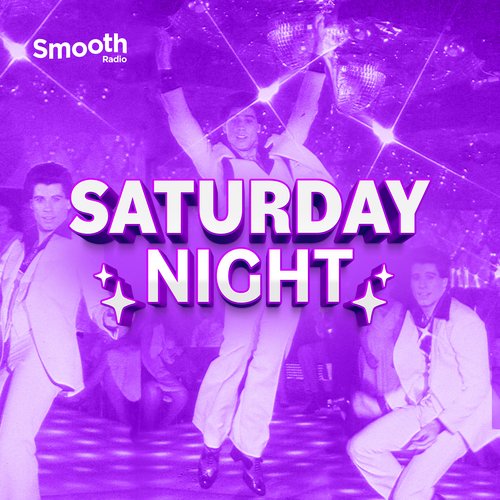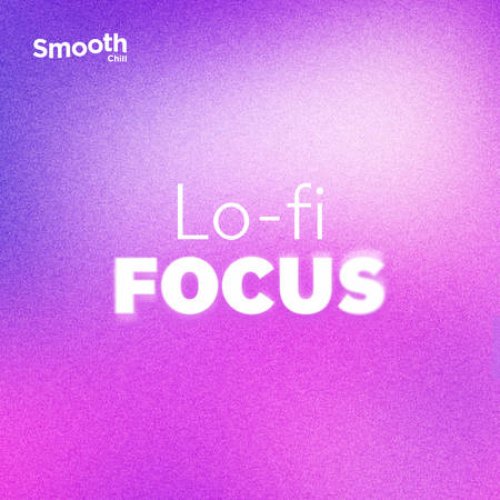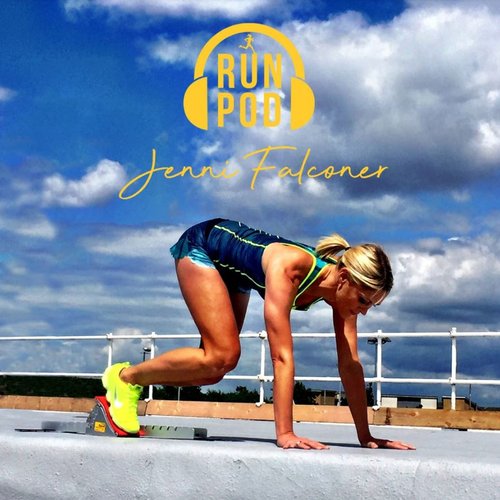The Story of... 'In the Air Tonight' by Phil Collins
7 August 2020, 15:26 | Updated: 12 August 2020, 12:04

It's become arguably Phil's best known and most loved song ever, thanks to its haunting lyrics and incredible drum solo, but did you know its history?
Read more: Phil Collins is back in the charts after twins' amazing reaction video on YouTube - who are Fred and Tim Williams?
What does the song mean? How was its distinctive sound created? Find out all you need to know right here:
-
It was Phil's first ever single
Genesis. Picture: Getty What a way to start! By 1978, he had been part of Genesis for nearly eight years, and had reluctantly accepted the role of frontman following Peter Gabriel's departure.
For the band's album 'And Then There Were Free', they had taken on a more mainstream sound, with songs such as 'Follow You Follow Me', with Phil's vocals at the forefront. He had been planning to do a solo album for some time by 1981.
Read more: This performance of 'In the Air Tonight' by Phil Collins is incredible
Phil said at the time: "One ambition is to do my own album which will have a lot of variety. The album, when it does come out, will have a lot of different styles on it."
-
What was the song about?
Phil wrote the song during the grief he felt after divorcing his first wife Andrea Bertorelli in 1980. The divorce contributed to his 1979 hiatus from Genesis, until the band regrouped in October of that year to record the album Duke.
All of the original songs on the Face Value album, including follow-up hit 'I Missed Again', were intended to be "messages" to his first wife, in an attempt to lure her back to him.
Phil said in 2016: "I wrote the lyrics spontaneously. I'm not quite sure what the song is about, but there's a lot of anger, a lot of despair and a lot of frustration."
-
It spawned a spooky urban legend
via GIPHY The story goes that Phil watched as a man who once attacked his wife drowned. Another version was that Phil wrote the song about a man who watched another man drown, and sang it to him at a concert.
Yet another version claims that when Phil was a young boy, he witnessed a man drowning someone but was too far away to help. Later, he hired a private detective to find the man, sent him a free ticket to his concert, and premiered the song that night with the spotlight on the man the whole time.
Of course, none of these stories are true.
-
How was the song made?
The song is known for its atmospheric production and rather macabre theme, and was thought to have been influenced by the likes of Brian Eno and his ex-bandmate Peter Gabriel.
It consists of a series of ominous chords, played by a Sequential Circuits Prophet-5 over a drum machine pattern (the Roland CR-78 Disco-2 pattern), processed electric guitar and vocoded vocals. The song builds up until an explosive burst of drums releases the tension.
Phil improvised the lyrics during a songwriting session in the studio. He said: "I was just fooling around. I got these chords that I liked, so I turned the mic on and started singing. The lyrics you hear are what I wrote spontaneously. That frightens me a bit, but I'm quite proud of the fact that I sang 99.9% of those lyrics spontaneously."
-
How did he get that iconic drum sound?
Phil Collins. Picture: Getty Phil's use of the song's drum beat came via an unintended use of studio technology. His Solid State Logic 4000 mixing board had a "reverse talk-back" circuit. Normal "talkback" is a button that the mixing engineer presses in order to talk to the musicians. Whereas, reverse talkback is a button-operated circuit for the engineer to listen to musicians in the studio.
In order to compensate for sound level differences, this circuit has a compressor on it, which can minimize the differences between loud and soft sounds.
While recording 'Intruder' for Peter Gabriel's third album, Phil started playing the drums while the reverse talkback was activated. Engineer Hugh Padgham was impressed at the sound, and so they rewired the board so that the reverse talkback could be recorded more easily.
-
It originally didn't have a drum beat before the 'magic break'
The original single version of the song features extra drums that play underneath the song until the signature drum crash. These were added after it was suggested to do so by Atlantic Records chief Ahmet Ertegun.
Phil said: "Ahmet came down to the final mix in the cutting room in New York. The drums don't come in until the end but Ahmet didn't know that at this point, because on the demo the drums hadn't come in at all; it was only drum machine all the way
"And he was saying, 'Where's the down beat, where's the backbeat?'. I said, 'The drums come in in a minute.' 'Yeah, you know that and I know that, but the kids don't know that; you've got to put the drums on earlier.' So we added some drums to the mix and put it out as a single."
-
The music video was very simple but effective

Phil Collins - In The Air Tonight (Official Music Video)
So iconic, and so simple.
-
It was a huge hit
The song reached number two in the UK (held off the top by John Lennon's posthumous 'Woman'), and has sold over 3 million copies in the States. It also reached the top 10 in at least 13 other countries, and has arguably become his signature song.
-
Phil performed a cheeky version on Top of the Pops

Phil Collins - In The Air Tonight. Top Of The Pops 1981
When Phil found out that his former wife had run off with a painter and decorator, he performed this song with a pot of paint and a brush on a workbench next to his keyboard.
Collins claimed that the bench is what he used for a keyboard stand, and when he saw the paint and brush backstage, he thought it would make a nice look. Coincidence?
His ex-wife didn't buy it. "I felt sick and betrayed," she told the Daily Mail. "I knew straight away it was a message to me."
-
It has been used in loads of films, TV shows and more

Dairy milk gorilla advert
Over the years, the song has popped up in all kinds of places, including The Hangover, Miami Vice, Family Guy, Risky Business, Ashes to Ashes, and most famously, the 2007 Dairy Milk advert featuring a certain gorilla playing drums. It helped the song re-enter the UK top 40 on downloads.
In 2020, it had a new resurgence when a video went viral of two YouTubers Fred and Tim Williams listening to the song for the first time, with brilliant results:

FIRST TIME HEARING Phil Collins - In the Air Tonight REACTION




























